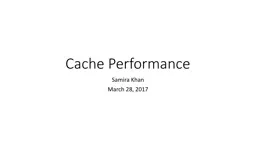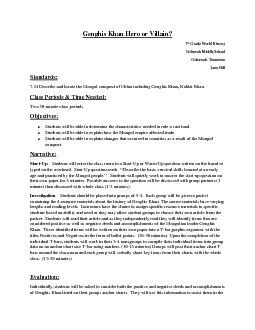PPT-Caches Samira Khan March 21, 2017
Author : calandra-battersby | Published Date : 2018-11-09
Agenda Logistics Review from last lecture O utoforder execution Data flow model Superscalar processor Caches Final Exam C ombined final exam 710PM on Tuesday
Presentation Embed Code
Download Presentation
Download Presentation The PPT/PDF document "Caches Samira Khan March 21, 2017" is the property of its rightful owner. Permission is granted to download and print the materials on this website for personal, non-commercial use only, and to display it on your personal computer provided you do not modify the materials and that you retain all copyright notices contained in the materials. By downloading content from our website, you accept the terms of this agreement.
Caches Samira Khan March 21, 2017: Transcript
Download Rules Of Document
"Caches Samira Khan March 21, 2017"The content belongs to its owner. You may download and print it for personal use, without modification, and keep all copyright notices. By downloading, you agree to these terms.
Related Documents














